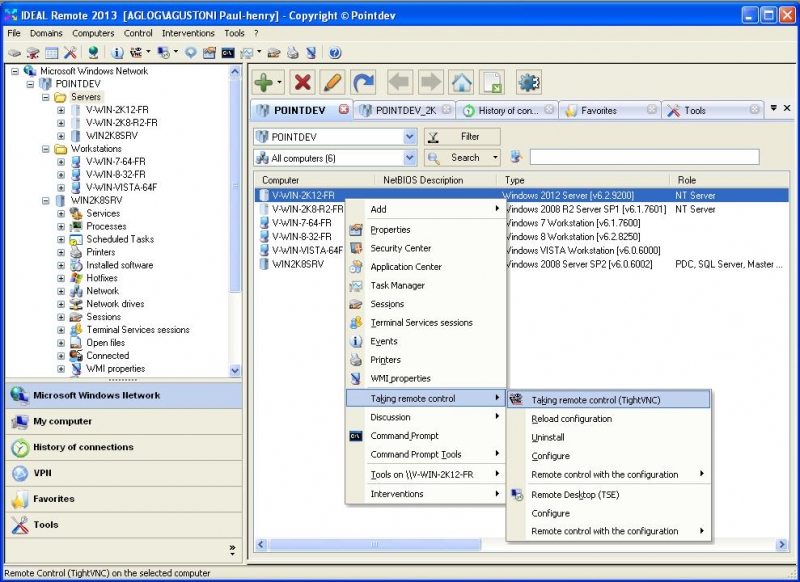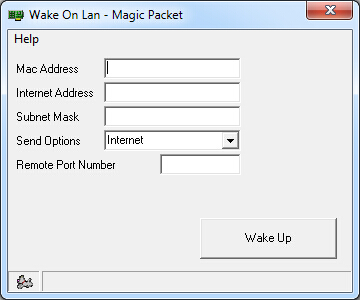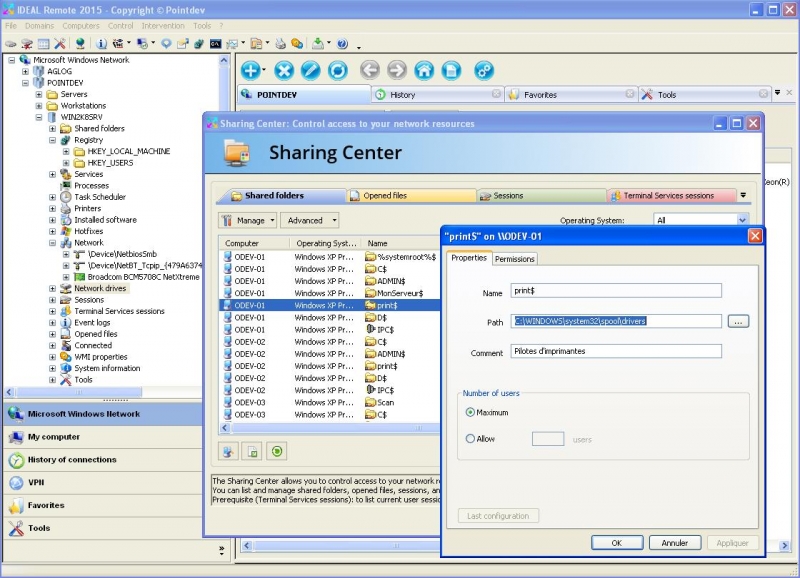

Intel recently released new network adapter drivers and the Intel PROSet adapter configuration tool for the latest builds of Windows 10 and 11. In modern Windows 10/11 builds, the following message is displayed in the VLANs tab: Intel(R) Advanced Network (Intel(R) ANS) Teams and VLANs are not supported on Microsoft Windows 10. However, this method works on all previous versions of Windows (up to Windows 10 1809). Then a separate VLANs tab appears in the properties of your physical Intel network adapter, where you can create multiple VLAN interfaces. When installing the driver, select the Intel PROSet for Windows Device Manager and Advanced Network Services options. Your network adapter model, of course, must support VLAN (for example, VLAN is not supported for NICs such as Intel PRO/100 or PRO/1000). Intel has its own Intel Advanced Network Services (Intel® ANS) tool for configuring VLAN interfaces.
#Remote wake up on vlans how to
How to Setup VLAN on an Intel Ethernet Network Adapter? After that, a new network interface will appear in Windows.Īfter creating network interfaces for your VLANs, you can assign the IP addresses from the corresponding IP network. Go to the VLAN section, click Add and add the required VLAN ID.
#Remote wake up on vlans install
For example, the specification for the RTL8169SC(L) network controller has this option: Supports IEEE 802.1Q VLAN taggingĭownload and install the latest network driver for your Realtek adapter and run the Realtek Ethernet Diagnostic Utility (Diagnostic Program for Win7/Win8/Win10/Win11). Find the description of your Realtek network controller on the vendor’s website, and check that this model supports VLAN. Create Multiple VLANs on a Realtek NIC in Windows 10 or 11įor Realtek NICs, you can configure multiple virtual NICs with different VLANs using the Realtek Ethernet Diagnostic Utility.

To do this, you need to install a special driver on your computer that supports 802.1Q tagged traffic and the official configuration tool from the vendor. You will have to create additional virtual network cards.įor some NICs (from Intel, Broadcom, HP, Realtek), special tools are available that allow you to create a virtual network interface in Windows with a VLAN ID. On Windows, you can assign multiple IP addresses (aliases) to the same network interface, but you cannot bind these IP addresses to different VLANs. For example, you want to set VLAN ID 24 for your network interface named Ethernet0: You can use PowerShell to manage network settings. In modern versions of Windows 10 and 11, you can set one VLAN tag for a network interface adapter. For some NICs, you first need to enable the Packet Priority and VLAN option.Go to the Advanced tab and find the VLAN ID option.Expand the Network adapters section and open the properties of your network adapter.By default, most network adapter drivers ignore all VLAN tags in network packets and external VLANs become inaccessible.įor some network adapters, you can set the VLAN number in the driver properties: Windows desktop editions don’t natively support VLAN tagging. Creating Multiple VLAN Interfaces on Windows 10 and 11 By default, all VLANs are allowed on a trunk port, but you can set the list of allowed VLAN numbers ( 1 to 4094) available at this Ethernet switch port. The port must be switched from access mode to trunk mode.

In order to use VLAN on Windows, you need to reconfigure the physical switch port to which your computer/server is connected to. Create Multiple VLANs with Windows Hyper-V Role.How to Configure Multiple VLANs on Windows Server 2022/2019/2016?.Creating Multiple VLAN Interfaces on Windows 10 and 11.


 0 kommentar(er)
0 kommentar(er)
